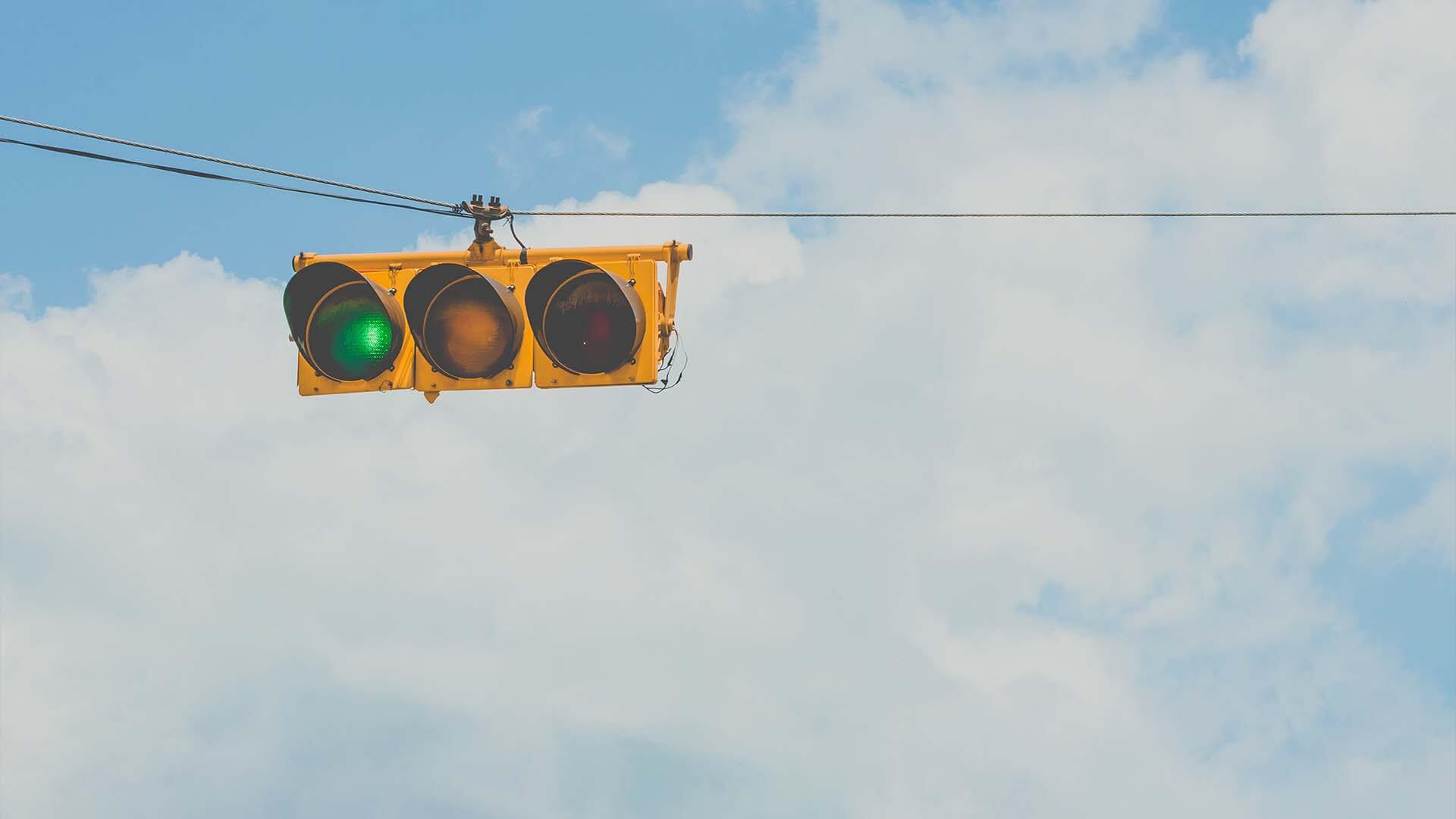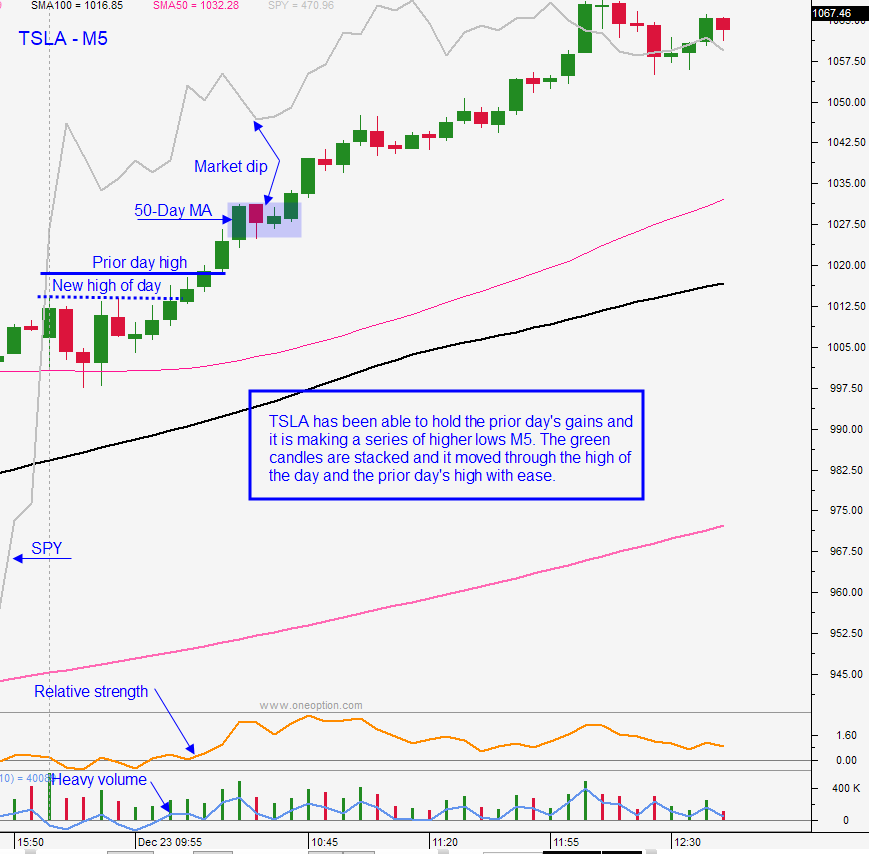The strike price (exercise price) is the level at which the buyer of a call option can exercise his right to buy the stock. If an option trader buys a $50 call, he has the right (but not the obligation) to purchase shares of stock at $50. Obviously, if the stock is below $50, he will not exercise his right. The buyer of a put option has the right to sell shares of stock at the strike price. If an option trader buys a $50 put, he has the right (but not the obligation) to sell shares of stock at $50. If the stock is trading above $50, he will not exercise his right. Option strike prices are referred to as in the money, at the money and out of the money. When the stock price is higher than the strike price, a call option is said to be in the money. For instance, a $50 call on a $55 stock is said to be in the money by five dollars. In the same situation, a $55 call would be at the money since the stock and the strike price are equal. A $60 call would be out of the money. The stock has to rally five dollars before the $60 call starts to have any intrinsic value. With the stock at $55, a $60 put would be in the money. An in the money put has a strike price that is lower than the stock price. If the stock rallied to $60, the $60 put would be at the money. If the stock rallied to $65, the $60 put would be out of the money. Deciding which put or call strike price to purchase is a function of your opinion. A trader who believes a stock will make an explosive rally would be best served by buying out of the money options. He can buy more of them and leverage the position. If the trader believes that the stock will grind higher in a consistent manner, he might be better served buying an in the money option that moves closely with the stock. In doing so, he will be able to take profits as the stock moves higher.
Option Strike Price
Definitions
November 10, 2008
2 min read









